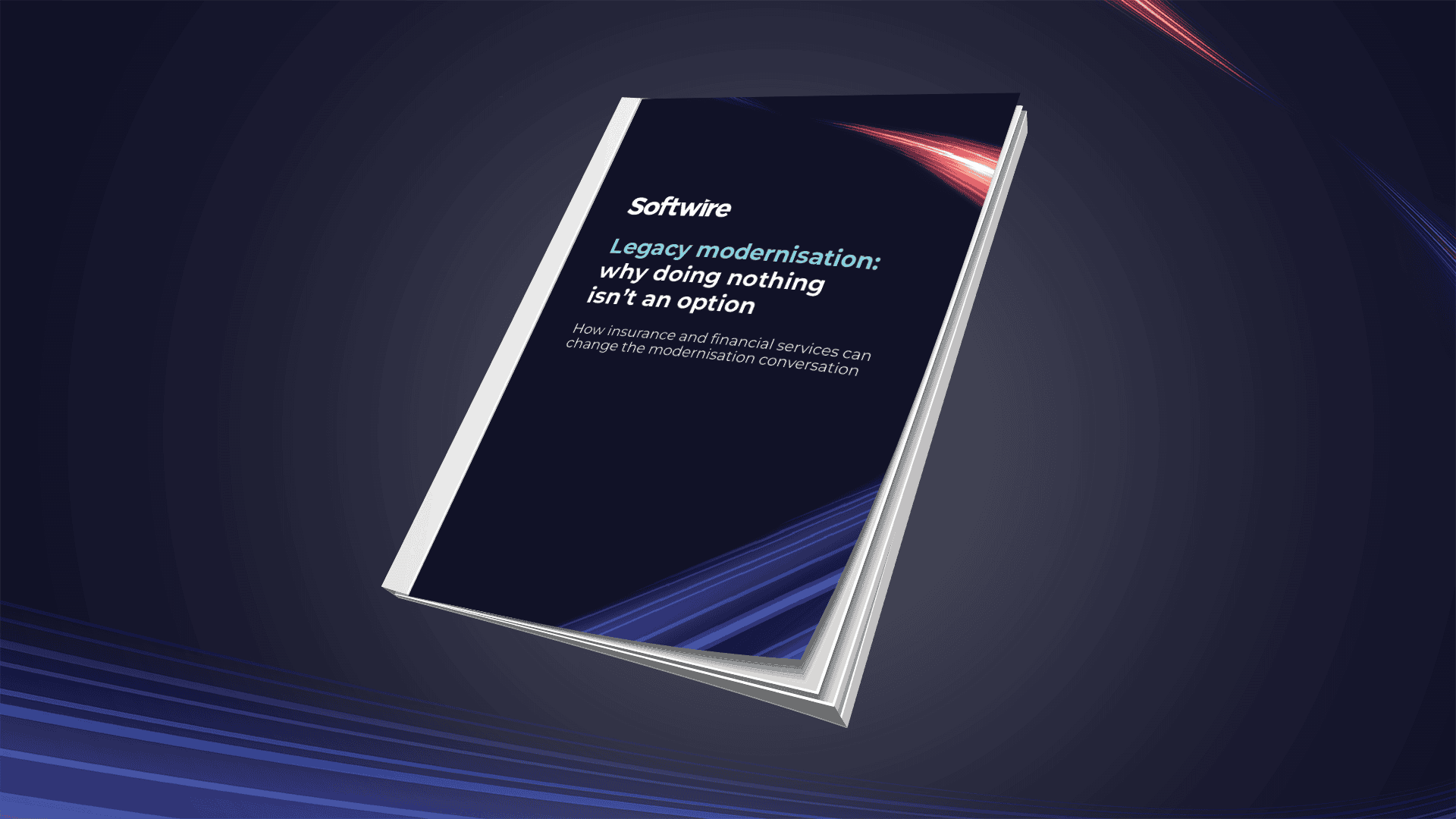
Every time a general election rolls around, conversation in the office turns to the topic of online voting.
Many companies and associations now enable shareholders or members to vote digitally in their AGMs, as opposed to attending in person or using a postal vote. Some countries have even gone down this route in political elections, notably Estonia.
And with technology developments coming thick and fast, are we at (or close to) a point where UK elections and referenda could include e-voting alongside the traditional pencil-and-paper technique?
The benefits of online voting
There are some compelling arguments in favour of enabling online voting in major elections.
The first is that it makes it easier for people to participate. Not all polling stations are accessible, for example, so the ability to cast a ballot online would offer individuals with certain disabilities a welcome alternative. And for the entire population, it would mean no longer having to make a special trip to the polling station to cast a ballot. Some predict this would increase turnout. But while participation in parliamentary elections has indeed risen in Estonia following its introduction of i-Voting in 2005, various studies investigating whether online voting was behind this increase have suggested it actually had minimal impact on turnout (Sources: Bochsler (2010), Vassil and Weber (2011), Wigartz (2017)).
The second big argument in favour of e-voting is that it would reduce the cost of an election. As people switched from pencil-and-paper to online, there would be opportunities to operate fewer polling stations, reduce the numbers of postal votes, and employ fewer poll clerks and counters.
2020 vision
Indeed, the UK Digital Democracy Commission, set up by former Commons Speaker John Bercow, concluded back in 2015 that online voting should be an option in general elections as soon as 2020.
Yet with this election taking place in the final month of 2019, this vision remains unrealised. And in our view, there are very good reasons for maintaining the conventional pencil-and-paper approach when it comes to our political elections.
These centre around the challenge of protecting and demonstrating the integrity of the poll, while simultaneously maintaining voter anonymity.
The anonymity vs security challenge
For the result of any election to be credible, it’s essential that only those who are eligible to vote can do so – and only do so once. In the online world, this means implementing strong authentication. And herein lies the problem, because authentication necessarily creates a link between you and your vote.
Just imagine the potential consequences if that information got into the hands of a malicious government, organisation or individual. It could lead to all manner of discrimination against those who voted in a certain way. Of course, those running the election can promise to remove any link between you and your vote. But could you ever be sure this had actually happened?
This is just one of the many issues around the transparency (and therefore credibility) of online voting systems.
The ‘black box’ problem
Our current paper voting system has been proven over many years, with safeguards and appropriate transparency designed into the process at every stage to protect against fraud. As a result, we as voters have high confidence that the paper we put in the ballot box won’t be tampered with and will be included in the count. And the visible scrutiny around the count means we can also be confident the results are accurate.
Contrast this with a hypothetical online voting system, which to the majority of people would be a ‘black box’. You’d make your selection on a web page, submit your vote, and the system would tally everything up and spit out a result at the other end.
Efficient, yes, but think about how many opportunities there are for tampering. How do you know the system you’ve accessed is the genuine one, as opposed to a spoof set up to harvest your login details and then cast a real vote on your behalf? How do you know your vote is included in the count? Could someone alter it before it reaches the count? How do you know the count itself is accurate? What data is stored, where does it reside, and how long for?
For voters, these questions would be incredibly difficult – if not impossible – to answer. In other words, we’d be putting huge amounts of trust in the small number of people involved in procuring, building and maintaining the digital system. And this raises more potential issues: even if the organisation creating it was politically neutral, it would be nigh on impossible to find a complete delivery team where the individuals had no political views of their own. Moreover, anyone involved in the build or management of the system could become the target of threats or bribery by those wishing to influence the election result.
Best to stick with pencil and paper
If you think this all sounds paranoid, consider what’s at stake every time the UK goes to the polls, and consequently what an attractive target an online voting system would be to those who want to manipulate the result.
Election outcomes can literally change the country’s course forever. And that’s why it’s so important we can all have confidence in our voting system. For the reasons we’ve set out, an online system could simply never rival the current pencil-and-paper approach when it comes to assuring both voter anonymity and the integrity of the poll.
So while you’ll normally find us advocating the use of digital over paper, elections are one example where the UK is right to stick to the tried-and-trusted traditional methods.


